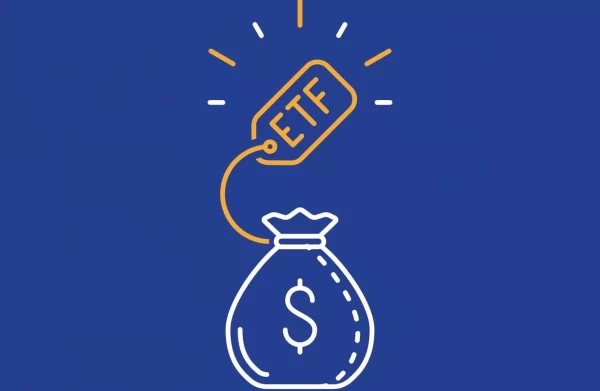Exchange Traded Funds have gained enormous recognition among traders in recent years. They offer a handy and fee-effective manner to take advantage of publicity for a diversified portfolio of properties. Whether you’re a beginner or a skilled investor, information on the basics of Exchange Traded Fund is essential.
ETF is a type of investment fund and alternate-traded product that holds a collection of belongings such as shares, bonds, commodities, or different securities. It is designed to tune the overall performance of a specific index, area, or asset class. ETFs are traded on stock exchanges, much like character stocks, and their expenses range on the trading day.
Key Features of ETFs
- Diversification: ETFs offer diversification via offering a basket of different securities. This enables lessening of investment hazards by decreasing the effect of any single security’s overall performance on the general portfolio.
- Transparency: ETFs divulge their holdings on each day’s foundation, allowing investors to know precisely what belongings they own. This transparency enables traders to make knowledgeable choices approximately their investments.
- Liquidity: ETFs may be offered and bought on stock exchanges at some stage in the trading day. This presents traders with flexibility, permitting them to enter or exit positions fast at market charges.
- Lower Costs: ETFs are generally known for their low fee ratios as compared to standard mutual finances. They are passively managed to duplicate the overall performance of an underlying index in place of actively deciding on securities, resulting in lower management costs.
Types of ETFs
- Index ETFs: These ETFs music a selected index, consisting of the S&P 500 or NASDAQ-100. Their holdings are designed to mirror the composition of the underlying index, providing buyers with wide marketplace exposure.
- Sector ETFs: Sector ETFs focus on precise sectors of the economy, such as generation, healthcare, or energy. They permit buyers to gain focused exposure to industries they
believe will carry out nicely.
- Bond ETFs: Bond ETFs put money into an assorted portfolio of bonds, representing numerous styles of constant-earnings securities. They offer exposure to authorities bonds, company bonds, municipal bonds, and extra.
- Commodity ETFs: Commodity ETFs track the charge of a specific commodity or a basket of commodities like gold, oil, or agricultural merchandise. They permit buyers to benefit from the publicity of those underlying commodities without delay proudly owning them.
- International ETFs: International ETFs offer publicity to foreign markets, allowing traders to diversify their portfolios globally. They focus on precise areas or international locations, imparting right of entry to worldwide shares and bonds.
Considerations for Investors
- Research and Due Diligence: Before investing in ETFs, it’s critical to conduct thorough studies and understand the underlying index, region. Consider factors like historical performance, expense ratios, trading quantity, and the fund issuer’s recognition.
- Trading Costs: While ETFs have low-cost ratios, investors need to additionally recall trading charges, such as brokerage commissions or spreads. Frequent buying and selling can lead to additional charges, so it is critical to issue these prices whilst making funding decisions.
- Liquidity: While ETFs are normally liquid, a few areas of interest or specialized ETFs may have decreased trading volumes. It’s crucial to assess the liquidity of an ETF before investing, in particular, if you plan to buy or promote massive portions.
- Understanding the Index Methodology: For index-based total ETFs, it is vital to recognize the index technique. Some indices use exclusive weighting schemes or have precise inclusion and exclusion standards. Make certain the ETF aligns with your funding goals and techniques.
Conclusion
ETFs provide traders with a flexible and price-powerful manner to gain exposure to a wide range of asset training and investment techniques. By understanding the fundamentals of ETFs, investors could make knowledgeable decisions, thinking about elements such as diversification, charges, and liquidity. As with any funding, engaging in thorough studies and expertise in one’s personal funding objectives is important earlier than investing in ETFs. To get more knowledge log on to 5paisa.



